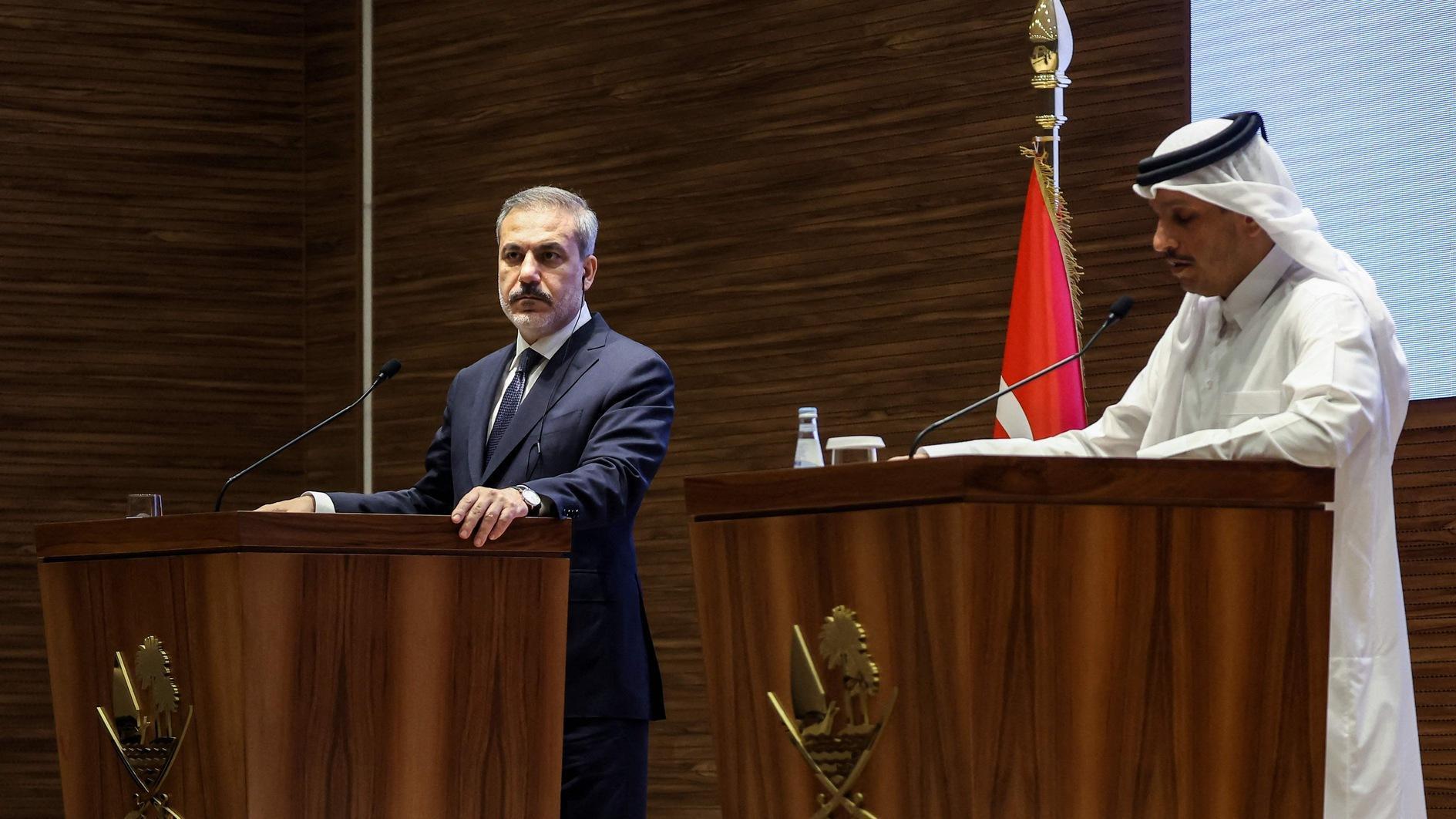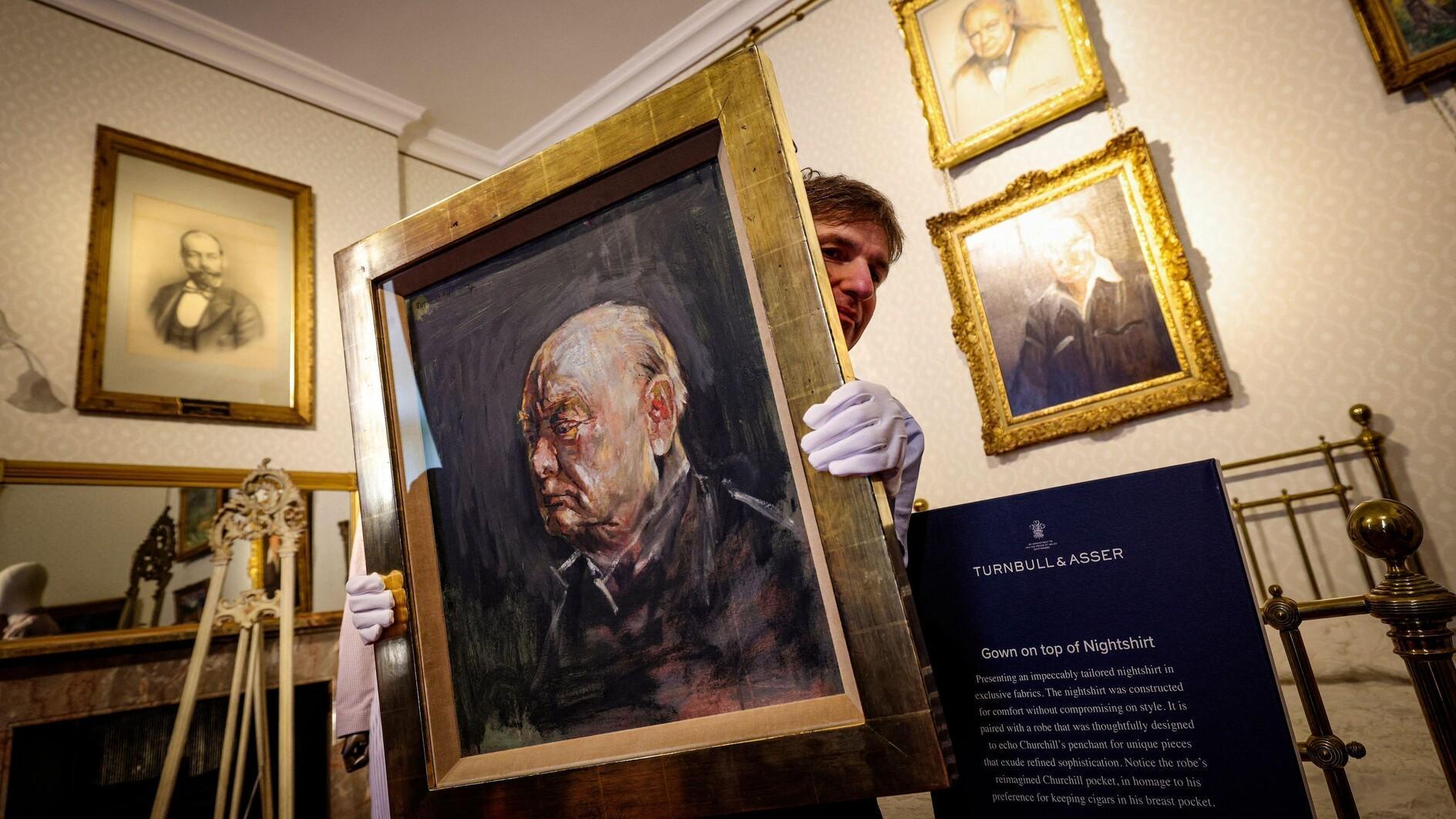The archeologist who changed history
At the end of the 1970s, a local from a village brought a statue to a museum. The statue was so primitive that it was not taken seriously by the museum officials; it was thrown into a corner in the depot. Years passed, and then the statue attracted the attention of Turkish and foreign archeologists who were conducting excavations in Şanlıurfa.
One of them was the German archeologist Klaus Schmidt. He took part in several excavations around Şanlıurfa and had closely observed the transition of humans into the sedentary stage of the Neolithic age, from the hunter stage of the Paleolithic age.
In 1995, excavations started in Göbeklitepe under Schmidt’s scientific supervision. Some of the first findings on the first layers told them they were on the right path. Next year, joint excavations with the museum started under the umbrella of the German Archeology Institute. Schmidt intensified his works in 2007, becoming the head of the Göbeklitepe excavations following a Cabinet decree. The biggest support on this issue was given to him by his wife, fellow archeologist Çiğdem Köksal.
During the excavations, sanctuaries thousands of years older than the pyramids, 7,000 years older than Stonehenge in England, were spotted in oval and rectangular spaces. But Schmidt was only able to excavate around 20 of the shrines, which are among the oldest mankind has constructed.
It is still not known how the T-shaped 2-6 meter-high pillars with such weight were brought to that location. The imagery of animals such as snakes, lions and bulls added a different enigma to them. All the mammals in the images were male; there were no females. But there was one naked woman seen in one stone.
More than a 1,000 animal bones have also been found up to now. It is thought that they were used as sacrifices in religious ceremonies and also eaten by those who worked in the construction of the shrines. Schmidt said the reliefs of animals did not necessarily mean that they played an important role in humans’ daily lives, but the main aim was to use them for mythological expression. There were no habitats around Göbeklitepe. It was determined that these shrines were made by nomadic hunter-gatherers, during the period during the transition of humankind into the sedentary phase.
It is said that only 5 percent of Göbeklitepe has been excavated so far.
A great loss for the world of archeology
A number of instances tremendously saddened Schmidt in the last four years of his life. The first was in 2010 when they found an 11,000-year-old statue of a human head about 40-50 cm long, with the emblem of a wild animal. They left the total excavation to the next day in order to find the whole statue and understand its surroundings. However, the statue was stolen when they came back the next day. The gendarmerie and the governorship were informed, and a number of workers were detained after an nvestigation. The statue has not been found until today. The excavations were suspended that year, and the Culture Ministry held Schmidt responsible. He had to pay a fine of 150,000 Turkish Liras to the Culture Ministry, and I personally know how deeply saddened he was at this situation.
The loss of Klaus Schmidt at the age of 61 is not only big for the world of archeology, but also for Göbeklitepe. The Culture Ministry will not easily find someone as modest as Schmidt, someone who can write books and articles in several languages as well as succeed with TV documentaries. Let’s not forget that there are at least 14 areas still waiting to be excavated and unearthed at the site.











